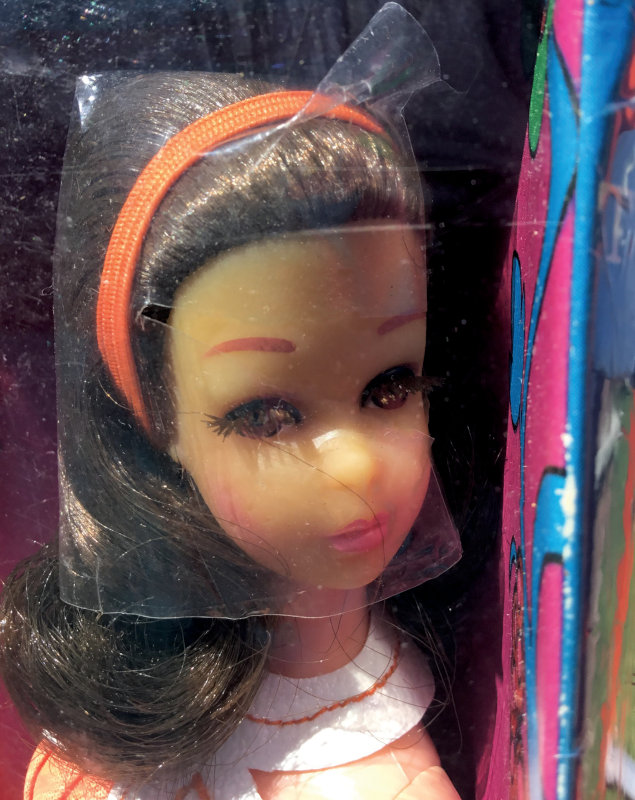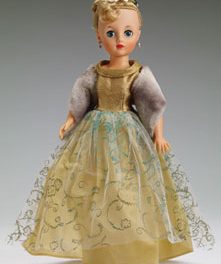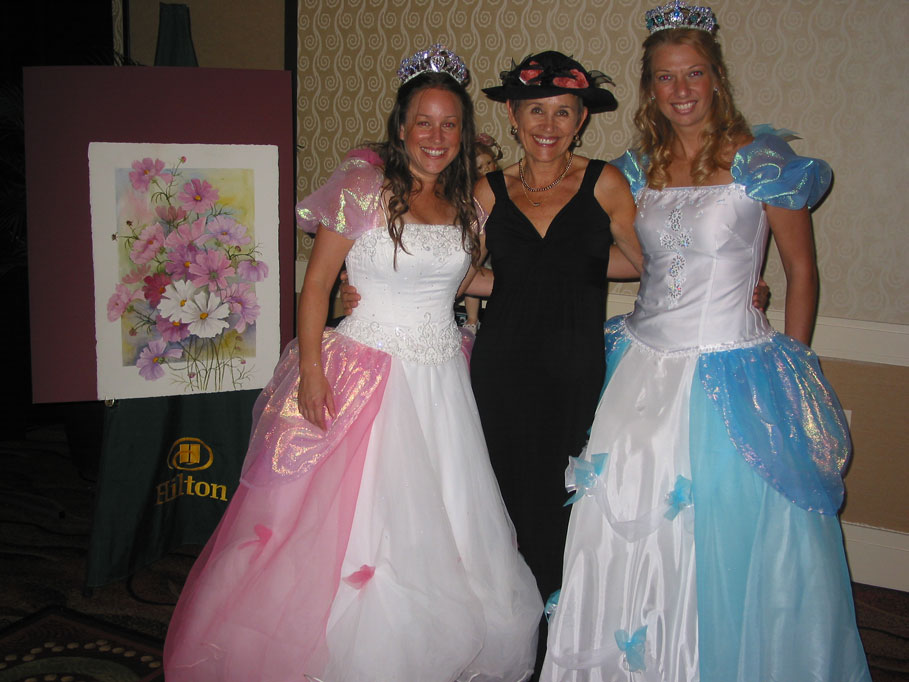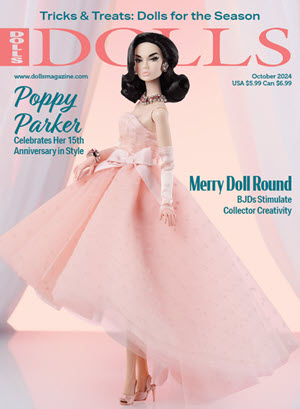
By A. Glenn Mandeville
Q: I got into an online bidding war with someone over this 1971 Mattel Francie because I had looked for years for one and have not been able to find one. Why is this doll so rare and expensive?
The rest of this article can be seen only by paid members who are logged in.Have a website login already? Log in and start reading now.
Never created a website login before? Find your Customer Number (it’s on your mailing label) and register here.
JOIN HERE
Still have questions? Contact us here.






